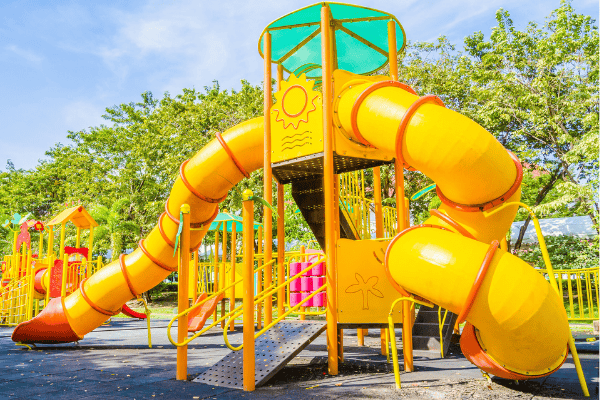Standards Australia release new guidelines for giant slides

Standards Australia has released the SA HB 244:2025, Supplementary guide to AS 4685.3:2021 – Giant Tube slides to help councils, builders and parents keep kids safe.
Incidents at the Shoalhaven giant tube slide, Adelaide and Sydney have sparked safety concerns for slides that are 5m or higher with the main issues being high sliding speeds and slippery clothing.
Key details in the handbook include extra guidance on designing, verifying, certifying, testing and inspecting giant tunnel slides, updated signage recommendations for safe use that include the height guidelines and no tandem riding and balancing the dun and learning aspects of play with safety measures to prevent injuries.
Hazards include braking during the slide, tandem riding and unintended access to higher parts of the slide.
The handbook also outlines how surface wear, loose materials, patterns and climate affect the slides performance. It is urged that designers take those into consideration to help reduce the risk of injury.
